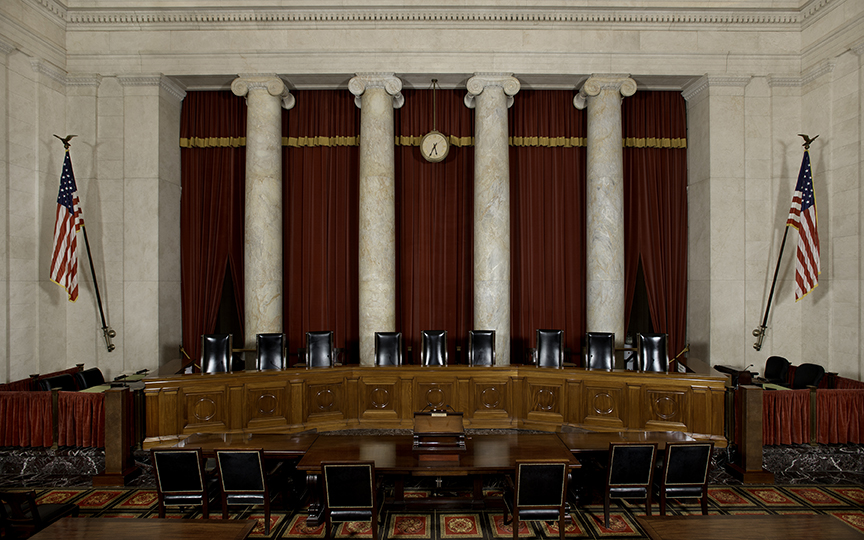Current Trends in the Court
February 25th, 2021

Hello, welcome back to another week at the Supreme Court. This week I will be discussing trends that appear in the court, and why these trends appear. When a court justice is appointed (basically hired) to the Supreme Court, they are chosen by the current president at that time. There are 9 justices, and they have life appointments. What that means is that when they are appointed, they get to keep their jobs so long as they have “good behavior”. Unless you did something extremely unprofessional or literally starting profanity, it is basically a lifetime job. They can either retire, resign, die, or be removed from the position. If one of these four things happens, that leaves an open seat on the court, which you want filled as soon as possible so that there are no ties (4-4). Presidents then get to choose who they want to nominate. Once nominated, there is a brief hearing where members of the Senate decide if that person should be a justice. The trick is, a president can only be in power for 8 years, so conceptually, the only things he can get done are done in those four years. But with the Supreme Court, that is not the case. A president can pick a justice that they feel reflects their ideology, and thus, the beliefs of the president are generally engrained in the Supreme Court. The justices do not vote by party, they are simply more conservative or more liberal (we will be going over who is who in the coming weeks). They also do not vote specifically by the president who appointed them, however generally, especially in larger cases, they stick to their guns, with the exception of a few outliers.
How does the supreme court work?
February 18th, 2021

In the first blog, I will briefly be going over how the Supreme Court of the United States works. It functions as the highest body of law in the country and serves to clarify and better understand this countries texts, primarily including the Constitution. When a case is going to go to the Supreme Court, it must be sent there by a lower court. A lower court is any court that is not the Supreme Court. The courts are made up of three levels, District courts, which are all over the country, Courts of Appeal, which are split up among districts of states, and the Supreme Court. When a case arrives at the lowest level, the District court, it will be resolved. If one of the parties in the case is unhappy with the result, they can appeal the case up to the next level and it will be heard. If they want to take the case to the highest level; however, it is not guaranteed. The Supreme Court is unique in that it gets to decide if it wants to hear a case and argue it. There are 9 judges on the Court called Justices. When someone wants their case to be heard by these guys, they all read the information about it, then they take a vote. When they are deciding if they even want to hear it, only 4 of the justices need to agree, whereas when they are actually deciding the case, they need 5. After a decision is made, one of the justices is put in charge of writing the “opinion” of the court. The opinion is the legal explanation of why the justices made the decision they did. This helps the lower courts handle situations that are similar in the future.